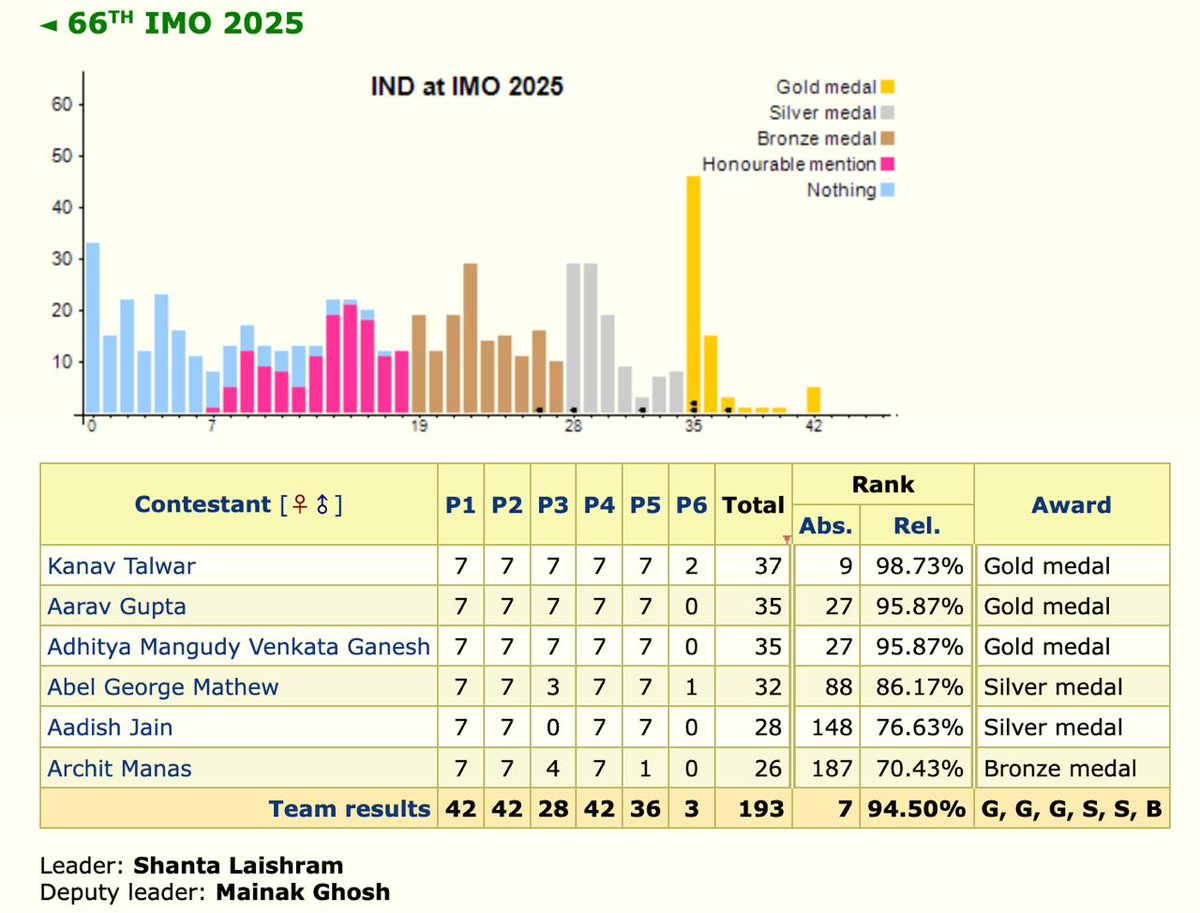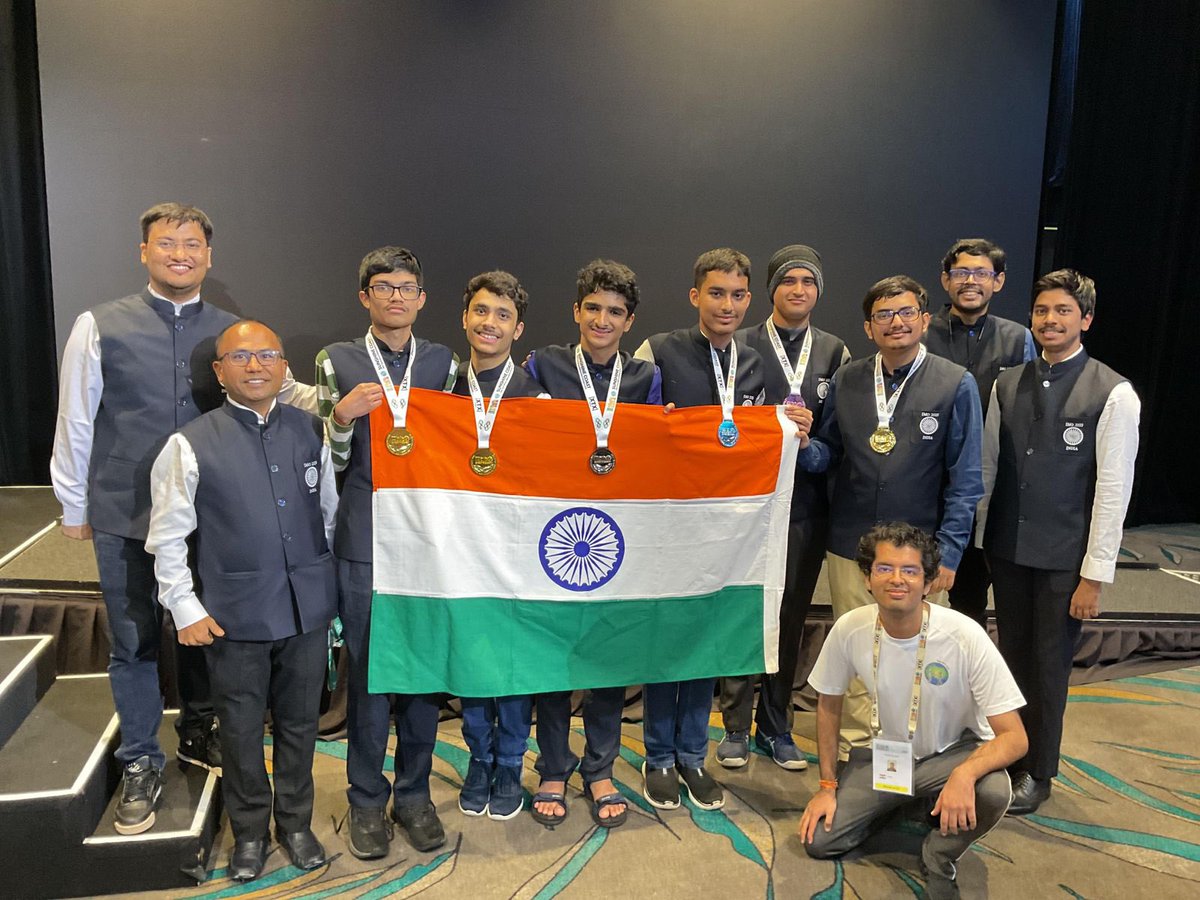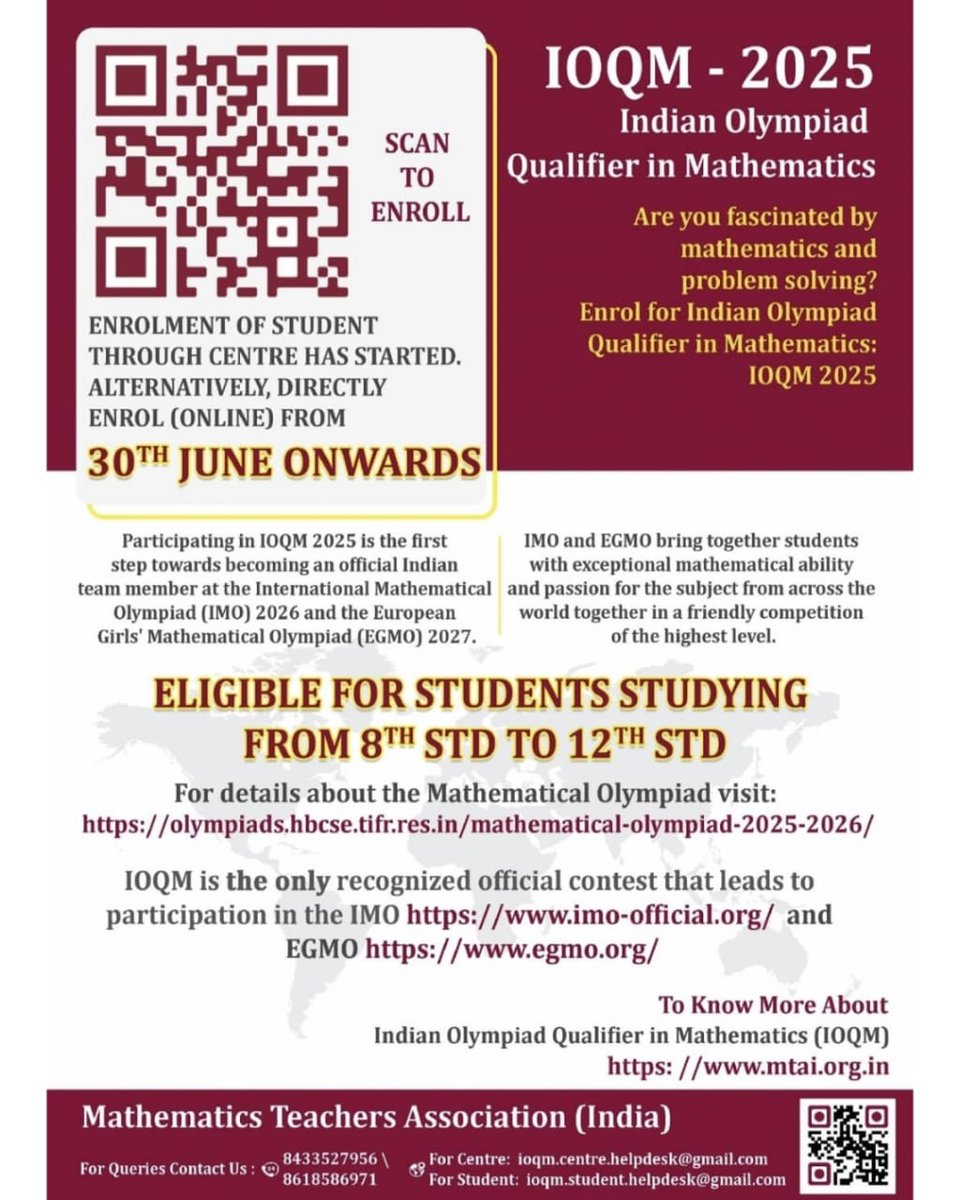Prem Kumar wrote: ↑24 Jul 2025 14:51
Yes, please share. I have vaguely heard of the Langlands Programme. Would love to learn more, dumbed down, of course
Hope this is useful.
Historic Breakthrough in Mathematics: Geometric Langlands Conjecture Proven:
One of the most profound achievements in modern mathematics unfolded quietly in 2023–2024: a team of nine mathematicians, led by Dennis Gaitsgory and Sam Raskin, proved the geometric Langlands conjecture, a central part of the broader Langlands programme — often described as a “
grand unified theory of mathematics.”
This monumental proof, detailed in five papers spanning ~1,000 pages, has been hailed as a triumph not
just for what it solves, but for the new mathematical directions it opens. Gaitsgory won the $3M Breakthrough Prize, and Raskin received a New Horizons Prize for this work.
What is the Langlands Programme?:
Proposed in the 1960s by Robert Langlands, the programme aims to connect distant areas of mathematics — especially number theory and harmonic analysis. It inspired key milestones like Andrew Wiles’ proof of Fermat’s Last Theorem.
The geometric Langlands conjecture, a variant formulated in the 1980s, focuses on Riemann surfaces (shapes like spheres or doughnuts) and explores a correspondence between:
Fundamental group representations (loops on a surface, captured as matrices)
Sheaves (geometric objects assigning vector spaces to points)
Why It is important:
Unification: The proof suggests deep connections across fields, including physics.
Foundation for more: It boosts work on local versions of the Langlands conjecture and the more mysterious arithmetic version.
New techniques: It refines prior work from Drinfeld, Beilinson, and others using advanced algebraic geometry and representation theory.
Link to Physics:
Surprisingly, the geometric Langlands programme resonates with quantum field theory, especially through S-duality, a symmetry in electromagnetism and gauge theory. Work by Edward Witten and Anton Kapustin showed parallels between this duality and Langlands symmetry, revealing potential connections between abstract math and the standard model of particle physics.
Impact:
Peter Scholze and Laurent Fargues built a "wormhole" connecting local arithmetic Langlands conjectures to the global geometric version.
Physicist-mathematicians like Minhyong Kim are working to formalize analogies between number theory and quantum physics.
The proof of the geometric Langlands conjecture is a landmark in mathematics — not as a final destination, but as a launchpad. It opens up profound possibilities across math and physics, inching closer to a long-dreamed unity of ideas.
One important link from Nature (For further reading):
The breakthrough proof bringing mathematics closer to a grand unified theory
--
For many people like me, the beauty of this deep mathematics–physics connection evokes the spirit of Freeman Dyson and Mehta — whose work linked Riemann’s zeta function , number theory and work of Ramanujan - to the energy levels of complex atomic nuclei, revealing how abstract patterns in math can mirror the hidden order in physical systems.




